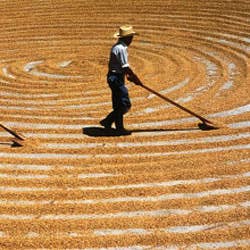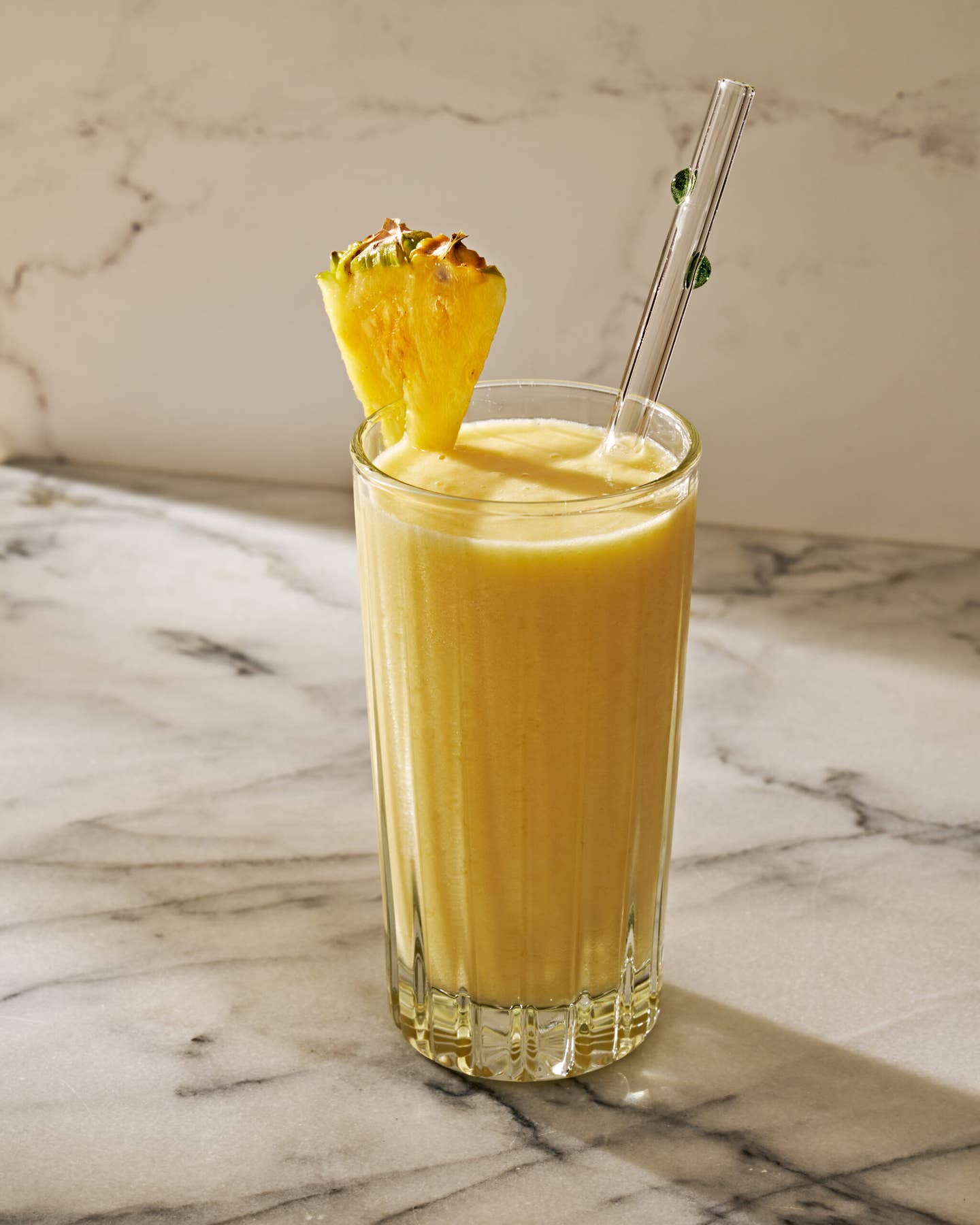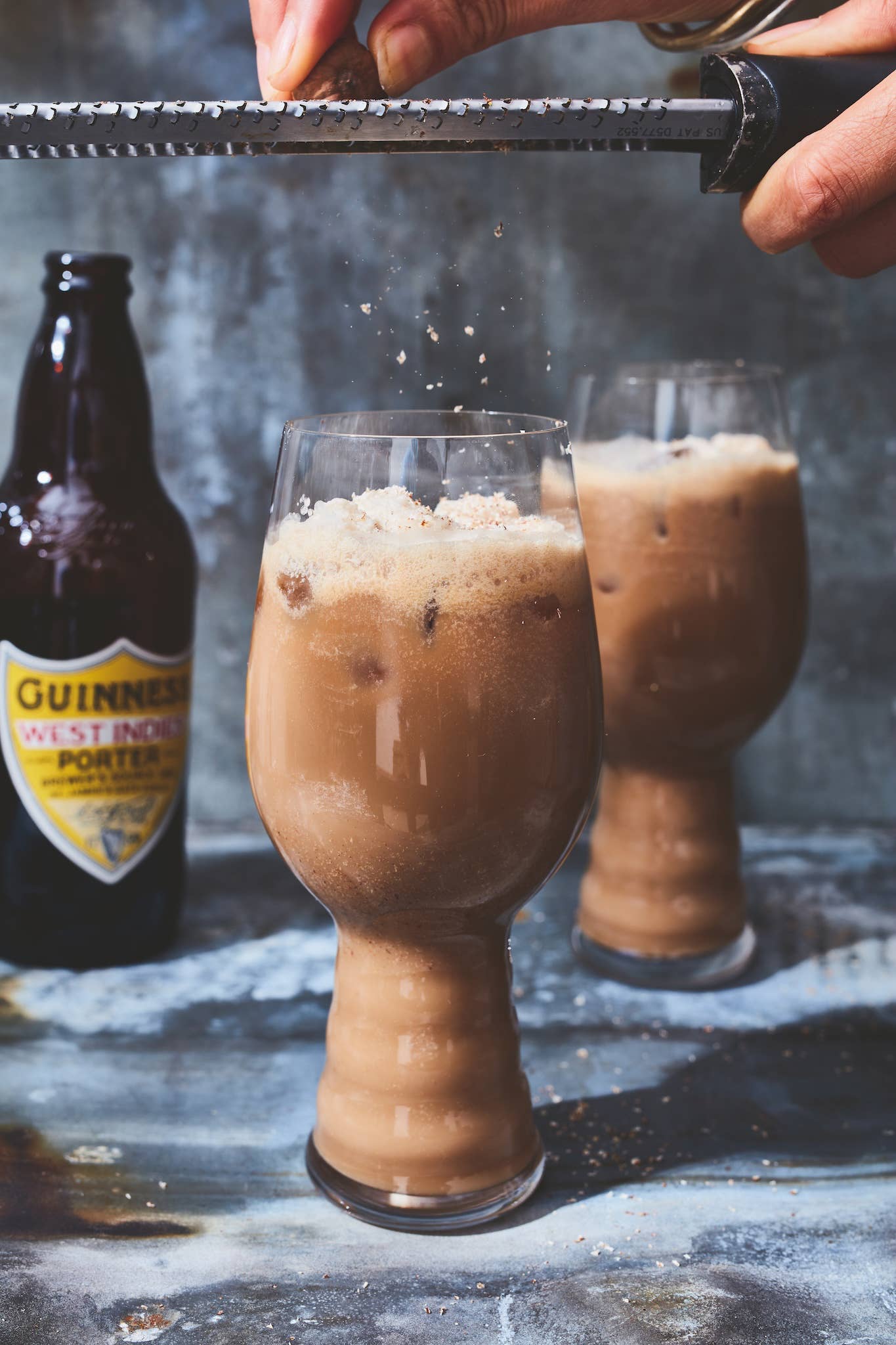
The Road to Perfection
This is Part I of a series on Specialty Coffee, presented by the Specialty Coffee Association of America in conjunction with Saveur.com.
Part II: The New Frontier of Quality Coffee
Part III: Artisanal Roasting 101
Part IV: How Do You Brew?
Part V: Crema of the Crop
Part VI: Nothing Regular About It
On occasion, you would like to read more about the coffee farmer highlighted on the bag of coffee you've just purchased. In addition, your personal values dictate whether you will buy an organic, Fair Trade, or sustainably grown coffee for your midmorning break.
There is no doubt that we have heightened our awareness of the diversity of coffee-growing regions around the world. We have an increasing appetite for learning about the foods and beverages we consume, from cheese, wine, and heirloom vegetables to olive oil, chocolate, and tea. That appetite also motivates our search for new flavor profiles in our daily brew and an interest in the countries and people who grow the coffees.
The great-tasting coffee we have readily available now is very different from the choices of just 25 years ago, when blended, canned, and freeze-dried coffees dominated the U.S. markets. The convenience-in-a-can mentality surfaced at the turn of the 20th century with the advance of industrialization and the successful branding of many canned coffees by large commercial coffee companies.
The Journey Begins
"My grandfather used to say, 'There are two kinds of coffee: the good kind and the bad kind. And we make the good kind,' " says Donald Schoenholt, who for more than 40 years has been a driving force behind New York City-based Gillies Coffee Company, purveyors of specialty coffee and considered "America's oldest coffee merchant."
While that may seem like a simple choice—good coffee over bad—consumers responded to brand marketing campaigns and the convenience of coffee in cans from the local supermarket without regard for quality.
A handful of young coffee entrepreneurs, Schoenholt included, investigated the methods behind the producing of coffee in an attempt to recapture some of the quality—and customers—that had been lost to canned coffees. These dedicated coffee dealers served a niche of determined customers who were seeking a truly good cup of coffee. In the 1970s, Erna Knutsen, who was one of those young entrepreneurs, used the phrase "specialty coffee" to describe the coffee she sold. The term became a mantra that would define a new era in coffee.
To help solidify this renewed interest further, the specialty coffee entrepreneurs formed an organization that would represent their ideals. In 1982, a group of six, including Schoenholt and Knutsen, created the Specialty Coffee Association of America (SCAA), an industry group that continues to focus on coffee quality standards and certified professional skills.
"The efforts the industry has made toward creating standards," says Ted Lingle, who served as the SCAA's executive director from 1991 to 2006 and is currently executive director of the Coffee Quality Institute, "has made the reach of specialty coffee more convenient and has created a consumer who has a marked preference for high-quality coffee."
Making the Journey
Thirty years ago, a homogenized coffee blend promoted a specific brand. Today, much more variety is available to consumers, and coffee drinkers have the opportunity to experiment with a range of different taste profiles.
"These are some of the best times ever for drinkers of coffee," says David Griswold, past president of the SCAA and founder of Sustainable Harvest Coffee Company, an importer of sustainably grown coffees. Indeed, the dance of the subtle citrus flavors on your tongue and the fruited accents that engage your senses will tempt you to continue your search for yet another great-tasting coffee.
"What the specialty coffee industry has done is bring the recognition of single-origin coffees—their aroma and taste—to the consumer," says Linda Smithers, past SCAA president and head of North American Marketing for Daterra Coffee, based in Minas Gerais, Brazil. "In fact, we've brought our coffee-consuming habits much closer to our wine-consuming ones. Now, many specialty coffee drinkers are noting a particular taste profile, aroma, or mouth-feel of the coffee they drink."
When you open a California chardonnay, you are met with the apple and pear scents that are characteristic of that wine. Similarly, when you open a bag of Panama La Esmeralda's Geisha, you encounter the heavenly aromas of lilac, ginger, blackberry, and ripe mango, and you immediately make a connection with the coffee. In both cases, your sense of smell lets you know whether the beverage is one you want to love ... or not.
Le Nez du Cafe (The Nose of Coffee), which was introduced in 1999, is a program modeled on a similar, successful product in the wine industry. By experimenting with the aromas in Le Nez du Cafe, users build a scent "vocabulary" for coffee. With its help, they recognize such words as butter, caramel, and vanilla, which provide a reference to the coffee that is in their cup.
The journey to the cup is, however, a long one. Each coffee species has its own, distinguishing characteristics, defined by environment and processing. The cultivation of the coffee plant requires a certain balance of temperature, water, and soil nutrients (terroir). And, once picked, the coffee cherry must be processed within 12 hours, for the preventing of fermentation and spoilage, after which it is graded, named, and shipped to its destination. There the roaster will eventually transform the green coffee bean's internal makeup into the flavors and aromas we desire.
Brew coffee properly! Brewing is one of the most essential, and often overlooked, steps in the journey from bean to cup. The SCAA and its members have been diligent in determining the best environment for coffee brewing, whether it is by the drip method, the French press, or even the pour-over; it provides standards for food service operators as well as guidelines for consumers. When you understand a few basic points, such as the water-to-coffee ratio, water quality, and brewing method, your efforts will be worthwhile.
"What the specialty coffee industry has done is define what is a quality cup of coffee," says Lingle. "Now it is up to the consumer to search out what is the perfect cup for them and then to prepare it properly, ensuring satisfaction."
Lingle's words make sense. After all, you have a sweet spot for soft-rind cheeses from France, enjoy the fresh taste of a dolcetto with a light pasta dish, and settle for nothing less than a 75 percent dark cocoa powder for creating your famous chocolate cherry torte, so why settle for a nondescript cup of coffee that dulls your senses rather than excites them?
Whether you are at home, on the go, or dining at a restaurant, remember what Schoenholt's grandfather taught: there is good coffee, and there is bad coffee.
For more information on educational tools and manuals, visit the SCAA Resource Center at www.scaa.org.
Keep Reading
Continue to Next Story










